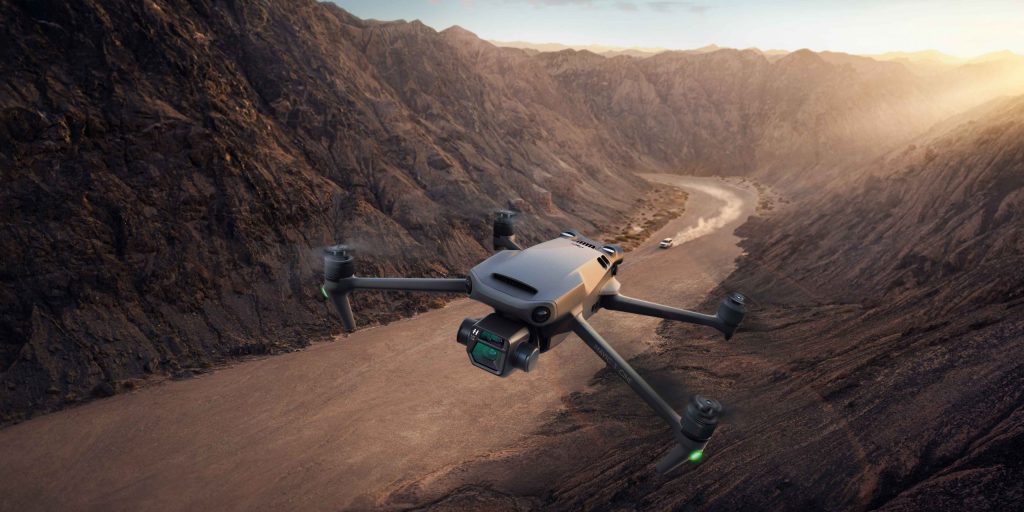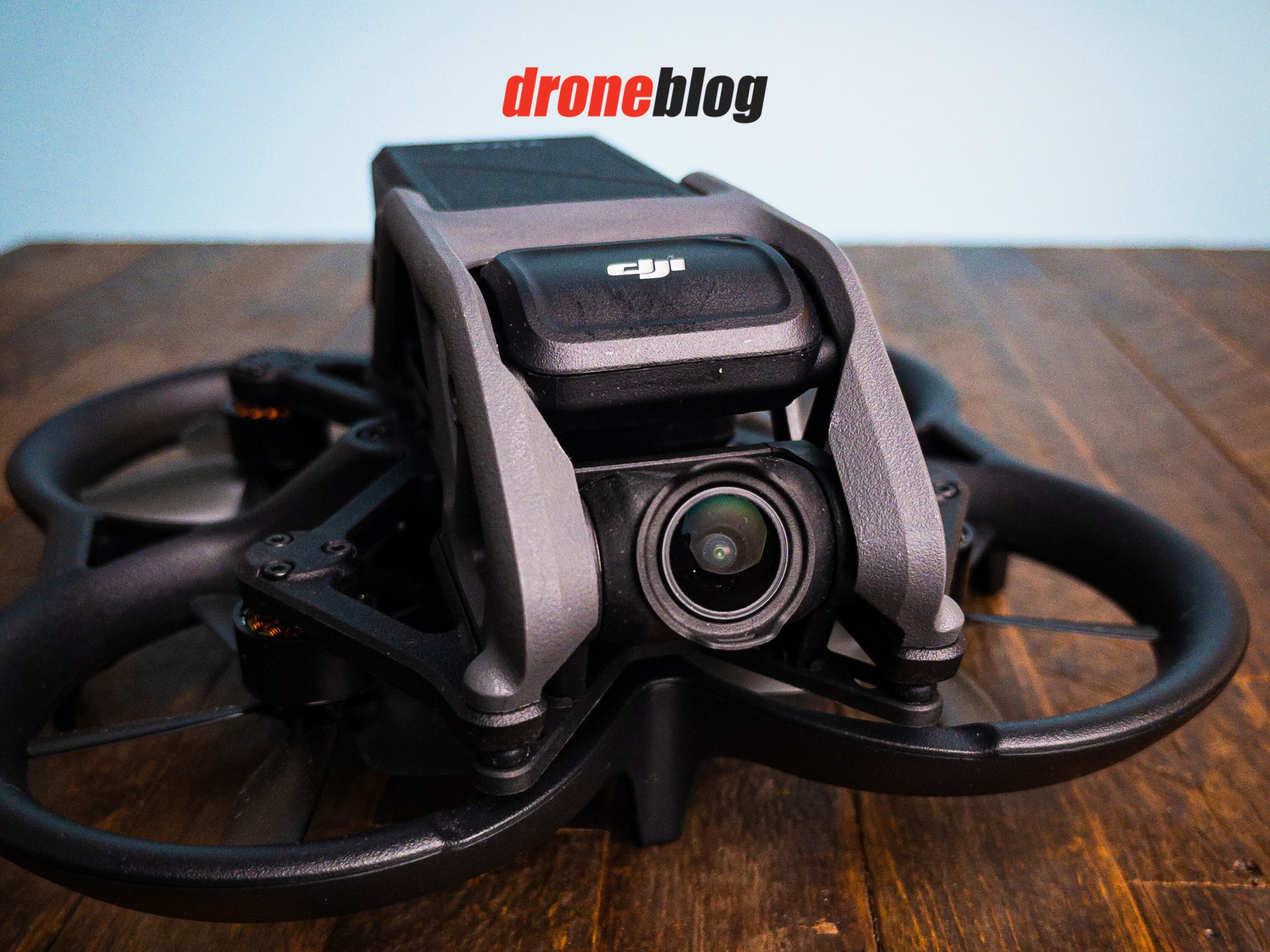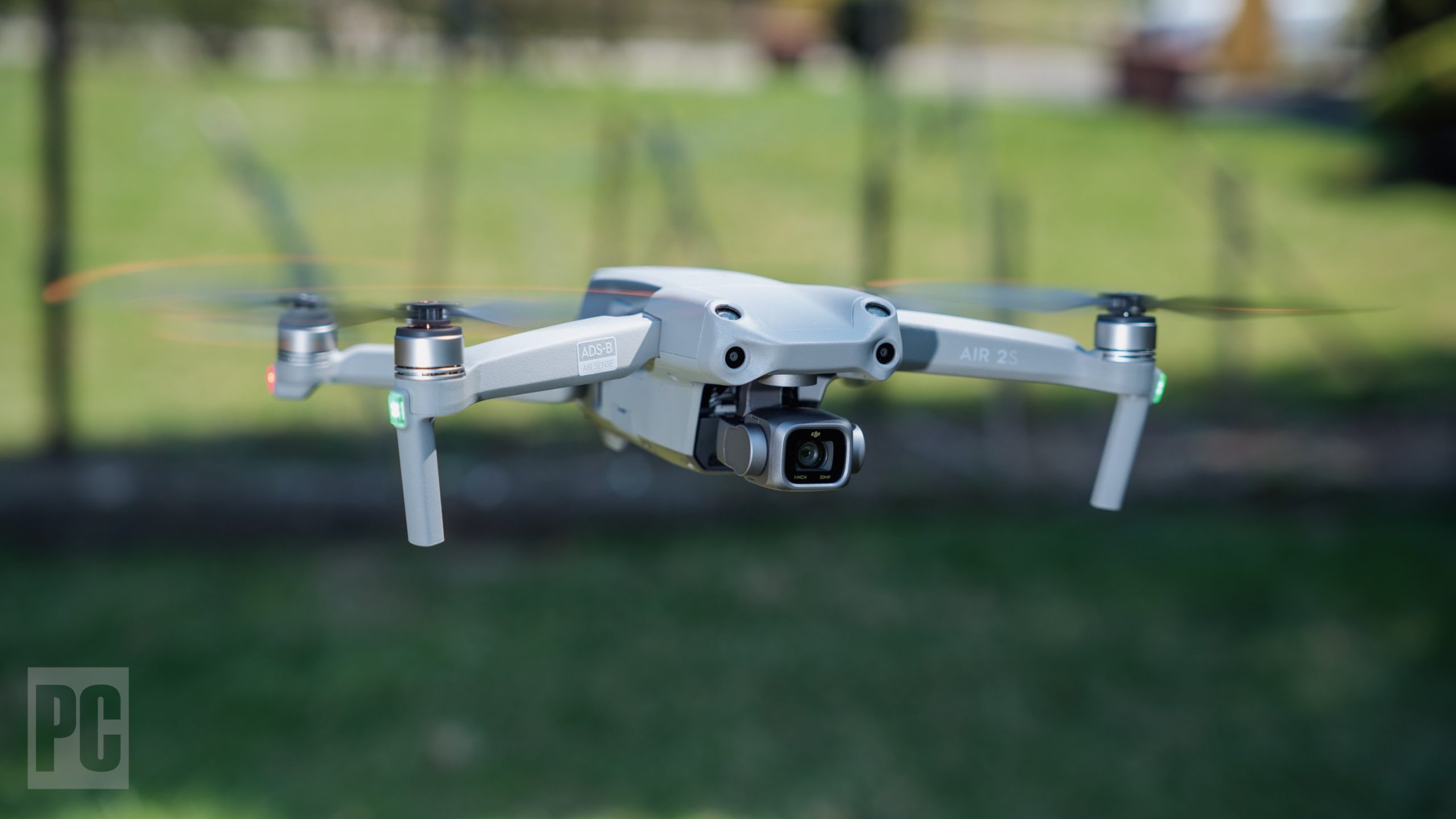Mastering Your Dji Drone Camera Setup: Step-by-Step Guide

To set up your dji drone camera, follow the instructions provided by dji in the packaging. Firstly, download and install the dji go & dji go 4 app on your mobile device to connect the camera with the drone, and then connect the drone with the remote controller.
Insert a microsd card into the drone’s camera, power on both the devices and adjust the camera settings. Finally, calibrate the drone’s compass and gps, update the firmware, and check all the settings before taking off. With these simple and easy steps, you can successfully set up your dji drone camera and capture high-quality aerial footage.
Dji is a globally recognized brand in the drone industry, revolutionizing the way we capture the world from above. With its high-quality drone cameras, dji is a popular choice amongst photographers, videographers, enthusiasts, and professionals alike. Although the setup process may seem complicated at first, dji has designed it in such a way that it is easy and straightforward for beginners to understand. In this article, we will walk you through the simple steps to set up your dji drone camera for a smooth and successful flight. So, let’s get started.

Credit: www.droneblog.com
Understanding Your Dji Drone Camera
Dji drones have revolutionized the way we capture images and videos, allowing us to get stunning aerial shots that were once impossible without costly equipment. However, understanding your dji drone camera is crucial to get the perfect shot. We’ll take a look at how to set up your dji drone camera, starting with an overview of its capabilities.
Overview Of Dji Drone’S Camera And Its Capabilities
- Dji drone cameras are equipped with high-resolution sensors that can capture stunning aerial shots. The company offers several models to meet different needs and preferences, ranging from lightweight, foldable models to more sophisticated ones with advanced features. Some of the popular dji drone models include the mavic air 2, phantom 4 pro v2.0, and inspire 2.
- Dji drone cameras can capture high-resolution photos and videos in different formats, including jpeg, raw, and mp4. They also come with different shooting modes, such as panorama, timelapse, and hdr, which allow you to capture stunning shots in different lighting conditions.
- Dji drone cameras come with advanced features such as obstacle avoidance and gimbal stabilization, which enable you to get stable shots even in challenging conditions.
- Dji drone cameras are compatible with different accessories such as filters, propeller guards, and remote controllers, which further enhance your shooting capabilities.
Detailing The Need For Understanding Camera Specifications And Settings
Understanding the specifications and settings of your dji drone camera is crucial to get the best results. The following are some of the key benefits:
- Helps you to choose the right settings for different shooting situations, such as low light conditions, fast-moving subjects, or high-altitude shots.
- Allows you to customize your camera settings to meet your specific needs and preferences, such as adjusting the aperture, shutter speed, and iso.
- Helps you to optimize your workflow by choosing the right format for your photos and videos, such as raw for post-processing or jpeg for quick sharing.
- Enables you to troubleshoot issues that may arise during your shoot, such as memory card errors or firmware updates.
Understanding your dji drone camera is crucial to capture stunning aerial shots and get the most out of your investment. By familiarizing yourself with the camera’s capabilities and settings, you can take your photography and videography skills to the next level.
Pre-Flight Camera Setup
Overview Of Essential Pre-Flight Camera Settings
Prior to flying your drone, it is critical to configure the camera settings to obtain the highest quality images. The following are the essential camera settings you should set up before flight:
- Image format: Choose the appropriate image format that’s suitable for your needs. Jpeg is the default image format, but raw provides more control over post-processing.
- White balance: Adjust the white balance to ensure that the camera accurately captures the colors of the environment.
- Shutter speed: Setting the appropriate shutter speed is crucial for avoiding blurry images. Use a faster shutter speed when flying in windy conditions or when shooting moving subjects.
- Iso: Keep the iso as low as possible to prevent noise in the images.
- Ev: Expose your images correctly by adjusting the exposure value (ev) if the shots are too bright or too dark.
Detailing Of Camera And Drone Calibration
The camera and drone should be calibrated to get the best results from your dji drone. Follow the steps below for camera and drone calibration:
- Gimbal calibration: Check and balance the gimbal to ensure proper alignment and calibration.
- Compass calibration: Calibrate the compass of your drone before flight to avoid interference from metallic objects.
- Imu calibration: Conduct an imu (inertial measurement unit) calibration to ensure your drone is stable in the air.
- Camera calibration: The camera can be calibrated by conducting sharpness and focus tests. Make sure the focus, distortion, and vignetting are all adjusted correctly.
Highlighting Tips For The Perfect Camera Setup
In addition to essential pre-flight camera settings and calibration, the following are tips that help you achieve the perfect camera setup:
- Use nd filters: Nd filters can assist in reducing the amount of light that enters the camera, allowing you to shoot with a slower shutter speed and creating smoother videos.
- Adjust camera angle: Tilt the camera down slightly so that the horizon is not visible in your shots. This can help create more engaging images and avoid dull photos.
- Avoid using auto settings: When shooting in challenging lighting situations, such as low light or bright sunlight, avoid automatic mode at all costs to avoid washed-out images.
- Monitor battery level: Monitor the battery level closely to avoid cutting short your shot. When the battery gets to 30%, it is time to retire for the day.
- Keep the turbo led on: On your dji drone, keep the turbo led always on since it helps guide your shots even with low light.
Remember, being aware of essential pre-flight camera settings, calibration, and perfect setup tips will significantly improve your drone photography and videography skills, so never undermine the importance of incorporating these elements into your pre-flight camera setup routine.
In-Flight Camera Settings
Overview Of Camera Settings During Flight
When flying a dji drone, it’s important to have a good understanding of the camera settings during flight. Here’s what you need to know:
- The camera settings can be adjusted using the dji go app or the onboard controller.
- You can adjust the camera’s exposure settings, white balance, and iso to get the best possible footage.
Detailing The Adjustment Of Camera Settings For Different Situations
Different situations require different camera settings to optimize the footage. Here are some examples:
- For landscape shots, set the camera’s aperture to a higher setting to ensure maximum depth of field.
- For low-light conditions, increase the iso to get brighter footage, but keep in mind that this may introduce more noise into the image.
- For action shots, set the shutter speed high to avoid motion blur.
Remember that the best camera settings will depend on the lighting conditions and the subject matter you’re trying to capture.
Highlighting Best Practices For Aerial Photography And Videography
Capturing stunning aerial footage requires some best practices to be followed. Here are a few to keep in mind:
- Keep the drone steady by flying in calm weather conditions and avoiding sudden maneuvers.
- Use the camera’s gridlines to help with framing and keeping the horizon level.
- Experiment with different camera settings to get the best footage possible.
By following these best practices, you can capture breathtaking aerial photography and videography with your dji drone.
Advanced Camera Techniques
Overview Of Advanced Camera Techniques:
Using the dji drone camera to create high-quality footage requires more than just basic video and photography skills. Mastering advanced camera techniques can help you produce stunning aerial footage. Below are some of the advanced techniques that professional drone videographers use.
Detailing Video And Photo Modes:
- Understanding the different video and photo modes available in the dji drone camera is essential for creating high-quality footage. The camera offers various modes such as hdr, raw, and pro for both video and photo.
- Hdr mode: This mode helps balance exposure in your footage when capturing high-contrast scenes.
- Raw mode: Raw mode ensures higher image quality and greater control over the final image during post-editing.
- Pro mode: This mode unlocks features like manual iso, aperture, and shutter speed control, giving you full creative control over your footage.
Highlighting Camera Movement Techniques And How To Achieve The Shot:
Professional operators use various drone camera movement techniques to create smooth and cinematic footage. With practice and patience, you can master these techniques too.
- Dolly zoom: This technique involves moving the drone in one direction while simultaneously zooming in or out of an object. It’s perfect for emphasizing a subject while creating dynamic, moving shots.
- Panning: This technique involves moving the camera horizontally, creating a smooth and natural shot. It’s ideal for capturing landscapes and wide-angle shots.
- Tracking shot: This technique involves following a subject as it moves. It creates a seamless sense of movement and is perfect for capturing sports or events.
- Low angle shot: Capturing low angle footage can create a dynamic and dramatic effect. It’s ideal for giving footage a unique perspective by hovering just above the surface of the water or ground.
- Oblique shot: This technique involves capturing footage at a unique angle, creating a visually stunning shot. It’s perfect for showcasing the vastness and dramatic landscape of a location.
Remember to practice each of these advanced camera techniques to master them over time. Implementing these techniques in your footage can help you create visually stunning shots.
Frequently Asked Questions On How To Dji Drone Camera Setup?
How Do I Set Up My Dji Drone Camera?
To set up your dji drone camera, first ensure the drone is charged. Then insert a memory card, turn on the drone and remote control, and connect your mobile device or remote control to the camera. Finally, calibrate the gps and compass sensor, and you are ready to fly.
How Do I Update My Dji Drone Camera?
To update your dji drone camera, connect it to the dji go 4 app on your mobile device or computer and check for available updates. If an update is available, download and install it. It’s important to keep your drone’s firmware up-to-date for optimal performance and safety.
What Is The Maximum Range Of The Dji Drone Camera?
The maximum range of a dji drone camera varies depending on the model. However, most dji models have a range of up to 4 miles. Remember to check and follow local regulations before flying your drone, and always keep it within your line of sight.
How Do I Adjust The Camera Settings On My Dji Drone?
To adjust camera settings on a dji drone, go to the camera settings in the dji go 4 app. Here, you can adjust the camera’s iso, shutter speed, aperture, and white balance. You can also shoot in different modes such as time-lapse, panorama, and more.
What Should I Do If My Dji Drone Camera Isn’T Working Properly?
If your dji drone camera is not working properly, the first step is to restart the drone and remote control. Also, ensure the software and firmware are up-to-date. If the issue persists, check the camera settings in the dji go 4 app, and in worst cases, contact dji’s customer support for assistance.
Conclusion
Now that we have explored the step-by-step guide to set up your dji drone camera, you are well on your way to capturing stunning aerial footage. However, it is important to remember that drone photography requires both technical expertise and creative skills.
Always be aware of your surroundings, follow safety guidelines, and experiment with different angles and perspectives to produce compelling visuals. Lastly, keep your drone camera well-maintained and up-to-date with the latest firmware updates to ensure optimal performance. With these tips in mind, you can take your drone photography to new heights.

